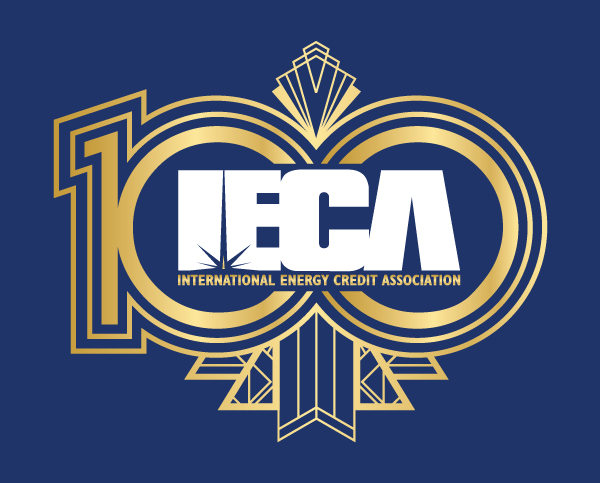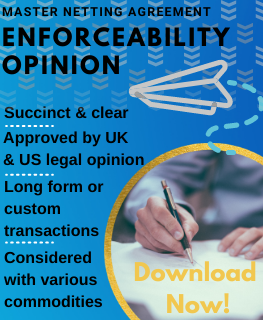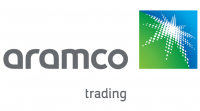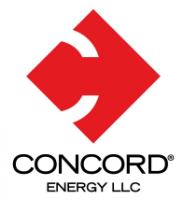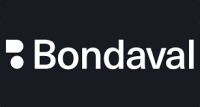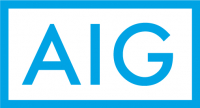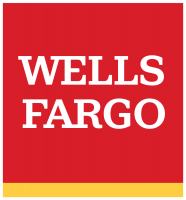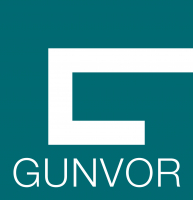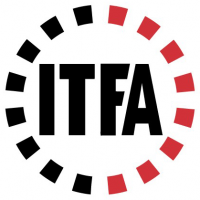New Credit Risk Best Practices White Paper (DRAFT)
The CCRO in Collaboration with the IECA
Website: https://www.ccro.org/credit-industry-standards
Project Background & Purpose
It’s been more than fifteen years since the CCRO first published a white paper documenting best practices for energy industry credit risk management [Volume 4 of 6: Credit Risk Management]. Today, the CCRO in collaboration with the IECA, has an initiative underway to create a new expansive paper incorporating the latest in practices and procedures. The purpose of the paper is to provide an updated definitive reference to energy credit risk professionals on the latest leading practices in credit risk management.
Members of the CCRO and IECA profoundly concur that documented industry best practices are essential for companies to advance their internal practices. Documented best practices provide a robust context for each company’s internal gap analyses and benchmarking, which subsequently make clear the best way forward to financial health.
The need for this new CCRO standardized reference is especially paramount today. This is due to the myriad of changes in the intervening years since that first CCRO paper. Such changes include:
Impacts of new technologies such as artificial intelligence and digitization across the organization
- Fundamental shifts in energy markets, such as the shale revolution which moved the US from a net importer to a net exporter of oil & gas
- The great recession of 2008, changing the landscape of energy commodity markets
- Changed regulatory régimes around the world
- The cumulative effects of climate change policy on the energy mix worldwide, driving the growing use of renewable energy sources
Scope and Aspirations
The paper targets horizontally all sectors within the energy industry while vertically capturing each sector’s specific value-chain from downstream (retail) to upstream. The CCRO recognizes that the transaction complexity and trading sophistication of individual firms will vary across a continuum. This paper intends to provide a useful reference to any company wherever they may fall along the axis. See the chart below.
We seek to provide “Best Practice” benchmarks from which an organization may determine its “Appropriate” practices given specific company characteristics. This allows identification of “practice gaps”. Thus understood, a company can set a clear path to close the gaps identified.
Paper Structure & Organization
The paper intends to drill down into the components of credit risk processes through the lens of the transactional credit process. In addition, the working group is setting-up sub-groups to address the unique credit attributes or practices that may pertain to particular industry segments such as oil and renewables.
The paper is designed in a format following the transactional progression of the credit process. The credit process is broken down into ten elements in which detailed steps for each component are delineated. Additionally, the structure incorporates a matrix form in which a subject may be addressed in multiple elements. For example, Governance, transcends many of the transactional credit process elements.
The team comprises senior risk leaders from across the energy sector, integrating 23 people from 17 different companies. As of the date of writing this paper, companies include four oil, three natural gas, two information technology, one power, one trading, one financial, two consulting, two credit insurance, one legal. The diversification of the group is purposeful, drawing on expertise and experiences from across the industry.
The CCRO is actively seeking more individuals to participate in this initiative by inviting people to contact us at info@ccro.org.
The Current Team of Professionals – Join Us!
The paper will be written in a referential format (detail table of contents), not in a prose narrative style. This will allow credit risk professionals to quickly refer to specific sections without scanning large sections of unrelated text. Accompanying the referential material will be a detailed glossary of defined terms to describe the concepts being examined in the paper.
Lastly, to avoid the need to rewrite the paper in the future in its entirety, a standing peer group of senior CCRO and IECA members will be established to review and update the document as necessary periodically. The regular review and updating of the credit risk practices will allow the paper to remain pertinent as the energy markets will assuredly change and evolve.
Evolving Practices
The method for drafting the paper is to incorporate existing CCRO material where applicable and update or write new content to address changes in energy credit risk. The distribution of using existing materials is turning out as we anticipated; namely, fundamental concepts are still applicable from existing CCRO material in many cases, such as governance, basic analytic methods, and mitigation techniques.
However, many issues and the resulting best practice to address them have either changed or did not exist at all 15 years ago. Consequently, many practices have been substantially updated or are entirely new. About seventy-five percent of the original paper will likely be completely new or substantially modified from the original CCRO paper. Some examples of new material contained within the paper are listed below.
- Effective Controls – Delineates the controls needed to measure credit processes in the analog and digital forms properly. With the ever-advancing transition to a more digital environment, particular emphasis is paid to controls between source systems and processing systems.
- Contractual Credit Terms – This section provides a set of best practices related to contractual arrangements used by energy firms. It encompasses a description of the financial and physical master contracts and a set of credit provisions that energy companies can select to better manage and mitigate credit risk.
- Credit Measurement – This section provides a set of best practices for measuring the energy business's credit risk. The underlying quantitative methods are detailed, providing a range of sophistication levels and new techniques to prioritize the most significant risk in scenario analysis.
- Monitoring Practices – This section provides a set of best practices for monitoring an energy firm’s credit risks. The discussion concentrates on monitoring counterparty credit quality, credit exposures, contractual arrangements, margining, and exceptions.
- Credit Mitigation Approaches and Instruments – This section provides a set of best practices for mitigating credit risk and focuses on two general approaches; reduction and transfer. Content includes new instrument types and various uses in credit transfer mitigation. This section also covers the concept of clearing energy products, including a set of desired attributes in clearing solutions and descriptions of current providers of clearing solutions.
- Information Technology for Credit Risk Management - In-depth review of the deployment of the latest IT resources to improve credit risk management effectiveness for energy companies. Subjects will include emerging topics such as applying artificial intelligence, the potential impact of blockchain technology, the digital transformation of middle office data, and sound IT policy.
- Effects of Negative Pricing on Stochastic Models – The paper will examine the recent impacts of the first-ever negative pricing seen in crude oil markets and its implication to risk stochastic models. The paper will compare this to other markets such as power, where negative pricing does occasionally occur.
- Renewable Energy Credit Practices – The paper documents best practices for credit risk issues unique to renewable energy not commonly experienced in the broader commodity energy markets. These include the generally below investment grade quality of many renewable counterparties, the frequently much longer tenor of many transactions, and the illiquid nature of many pricing points. Additionally, the large impact of public policy decisions on renewable markets, including the unilateral changes to supply and the correlated price.
- On-Boarding and KYC process – The paper includes best practices for on-boarding of counterparties/customers and the interdependency between credit risk and the broader issues of a Enterprise Risk Management policy framework.
- Practices used in Extreme Tail Risk Events – The recent COVID-19 pandemic has highlighted the need for firms to strategically and tactically prepare for such unforeseen events. While no firm can prepare for all eventualities, leading firms do have foundational pieces in place that allow them credit optionality that would not be available if consideration and planning had not happened before a catastrophic event. This is considered from the perspective of tactical decisions as well as a strategic vantage point.
- Incorporation of Recent CCRO Industry Survey's – The paper will incorporate the results of extensive credit risk surveys conducted by the CCRO to elements of the document where further trends or industry practices are instructive.
Drafting Process & Timeline
Topics are drafted by small sub-groups of 4 or 5. Existing CCRO materials are provided as a starting point for editing or preparing new content. Decisions on what to write or include from existing CCRO material are the discretion of the editing team. Being part of one of these teams is proving to be very beneficial for all in terms of both expertise building and building lasting relationships with your peers.
It is contemplated that certain sections will be published before others as development pace varies.
Published sections will be peer-reviewed and go through the CCRO publication review process.
We anticipate section publications will carry-on throughout 2021.
